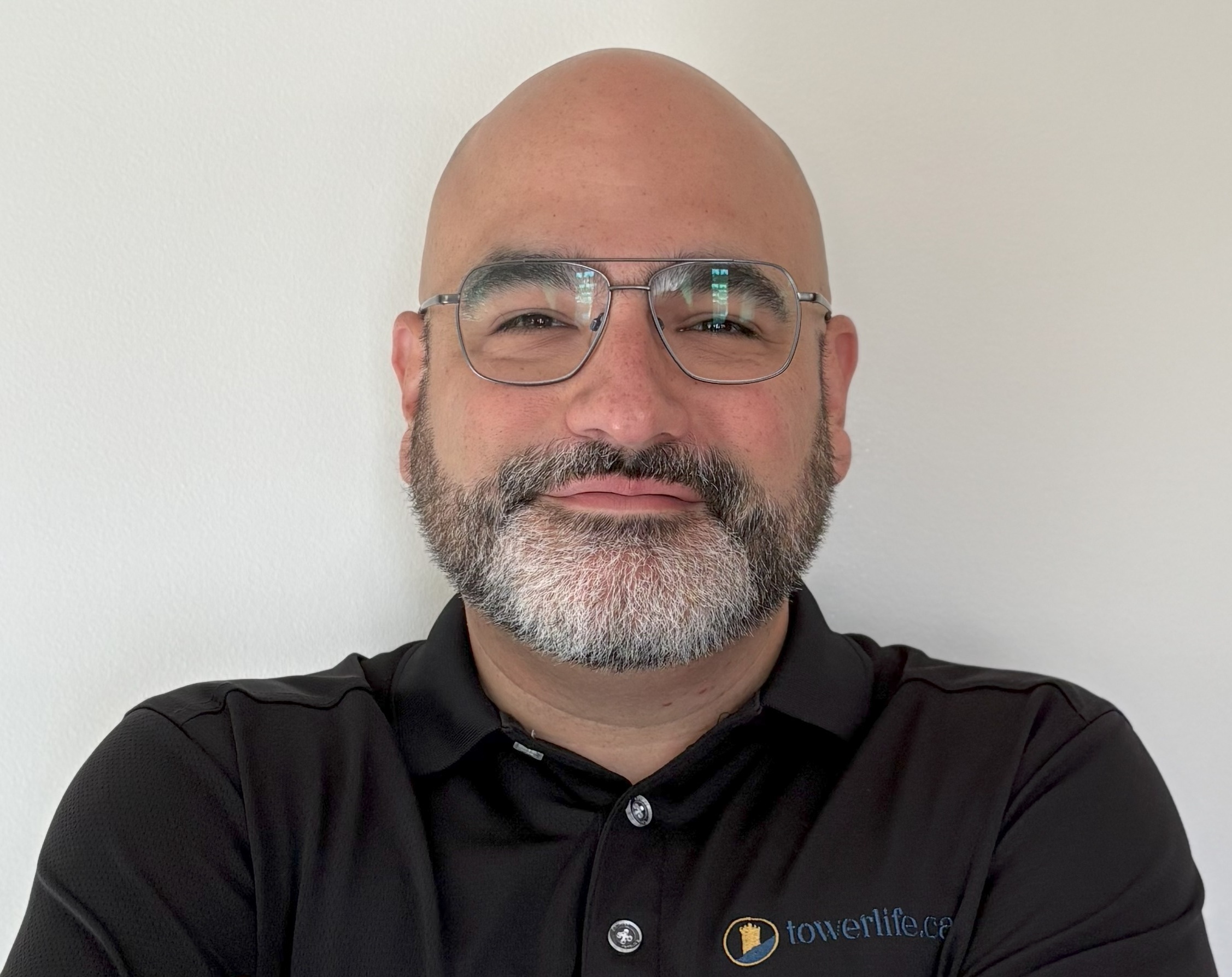RESP or Participating Whole Life for Children?
Discover why participating whole life insurance outperforms RESPs when planning for your child's future. Learn how to secure insurability, build capital, and transfer wealth across generations.

Jose Atencio
Founding Partner & Licensed Insurance Advisor

Introduction
As parents and grandparents, our primary goal is to provide for our loved ones. We strive to secure their financial future, ensuring they have the resources they need to achieve their dreams. One powerful tool that often goes overlooked is participating whole life insurance, especially when purchased on children. This type of insurance offers a unique blend of protection and wealth accumulation, providing a lifetime of living benefits that can significantly impact your family’s financial well-being. And yes, you would probably be surprised to find that participating whole life insurance has more living than death benefits attached to it.
The Importance of Early Planning
In today’s world, with advancements in medical technology and diagnoses, even children can become uninsurable. Illnesses or conditions that may have gone unnoticed in the past can now be identified early on, potentially affecting future insurance eligibility. By purchasing whole life insurance on your children while they are young and healthy, you’re securing their insurability for life, regardless of any health issues they may develop in the future.
A Gift That Keeps Giving
Unlike material possessions that may depreciate or become obsolete, whole life insurance is a gift that continues to grow and appreciate over time. It’s an investment that accompanies your child throughout their life, providing a valuable financial resource at every stage.
Whole life insurance offers a legacy of protection that extends beyond a single lifetime. By purchasing a policy on your child, you’re not only securing their financial future but also creating a lasting legacy for generations to come. Even when you and your child are no longer around, the tax free death benefit from the insurance policy will continue to provide financial support for your grandchildren and their descendants. A simple action has the potential to become an intergenerational wealth transfer event.
A Sure Shelter from Market Risk
Unlike many other financial vehicles or so called “investments” that can fluctuate in value, whole life insurance is a growing asset. It is the single most effective financial instrument for savings and capital accumulation. The cash value of the policy is contractually guaranteed to only increase over time due to the accumulation of premiums and dividends. This growth can provide a significant source of financial security for your child and their future family.
Access to Capital
How many times have you had to deal with Banks to access their capital? We have been groomed since early childhood to live in a constant state of capital scarcity, therefore we consistently give out control of the banking function of our lives to third parties. In contrast, Participating Whole life insurance contracts offer unparalleled levels of control, compounding growth and tax sheltering for those who are willing to break apart from mainstream financial advice. There is simply no better instrument in which to store and grow your capital. As R. Nelson Nash proposed in his book “Becoming your Own Banker”:
“Opportunities seek those who have ready access to capital”
Beyond the Death Benefit
While the death benefit is a crucial component of whole life insurance, it’s not the only benefit it offers. Participating whole life insurance policies also generate dividends, which can be used to increase the death benefit, pay premiums, or withdraw as cash. This flexibility provides you with greater control over your financial future and allows you to adapt your strategy as your needs change.
By strategically using dividends and policy loans, you can create a self-funding retirement plan.
Why Whole Life Insurance Outperforms RESPs
If you’re considering saving for your child’s education, you may have heard of Registered Education Savings Plans (RESPs). While RESPs offer certain tax advantages, they also come with great restrictions and limitations, kind of like a jail for your money. Whole life insurance, on the other hand, provides greater flexibility and control. You can access the funds at any time, for any purpose, without incurring penalties or taxes. This can be particularly beneficial if your child’s educational plans change or if you need the funds for other financial emergencies.
Conclusion
Purchasing whole life insurance on your children is a strategic move that can have a profound impact on your generations. By securing a child’s insurability, whole life insurance offers a comprehensive solution for parents and grandparents who want to protect and grow their family’s wealth.
If you’re interested in learning more about how the infinite banking concept can benefit your family, we invite you to contact us for a personalized consultation. Our team can help you understand the intricacies of this powerful financial tool and develop a customized strategy that aligns with your goals.
Related Articles


Jose Atencio
Founding Partner & Licensed Insurance Advisor
The 3 Certainties in Life: Death, Taxes, and the Need for Capital
Death and taxes are inevitable, but so is your ongoing need for capital. Learn how specially designed participating whole life insurance can help you address all three with confidence and control.
Read more

George J. Roth
Founding Partner & Independent Life, Accident and Sickness Insurance Advisor. Authorized IBC Practitioner
Inflation-Proof Your Money with Whole Life Insurance
Discover how whole life insurance offers built-in inflation protection with guaranteed premiums, growing cash value, and unmatched long-term certainty—backed by over 175 years of dividend payments.
Read more

George J. Roth
Founding Partner & Independent Life, Accident and Sickness Insurance Advisor. Authorized IBC Practitioner
Is a Registered Education Savings Plan (RESP) The BEST Strategy For Funding Your Children’s Post-Secondary Education?
Compiled and written by George Roth, June 2023
Read more